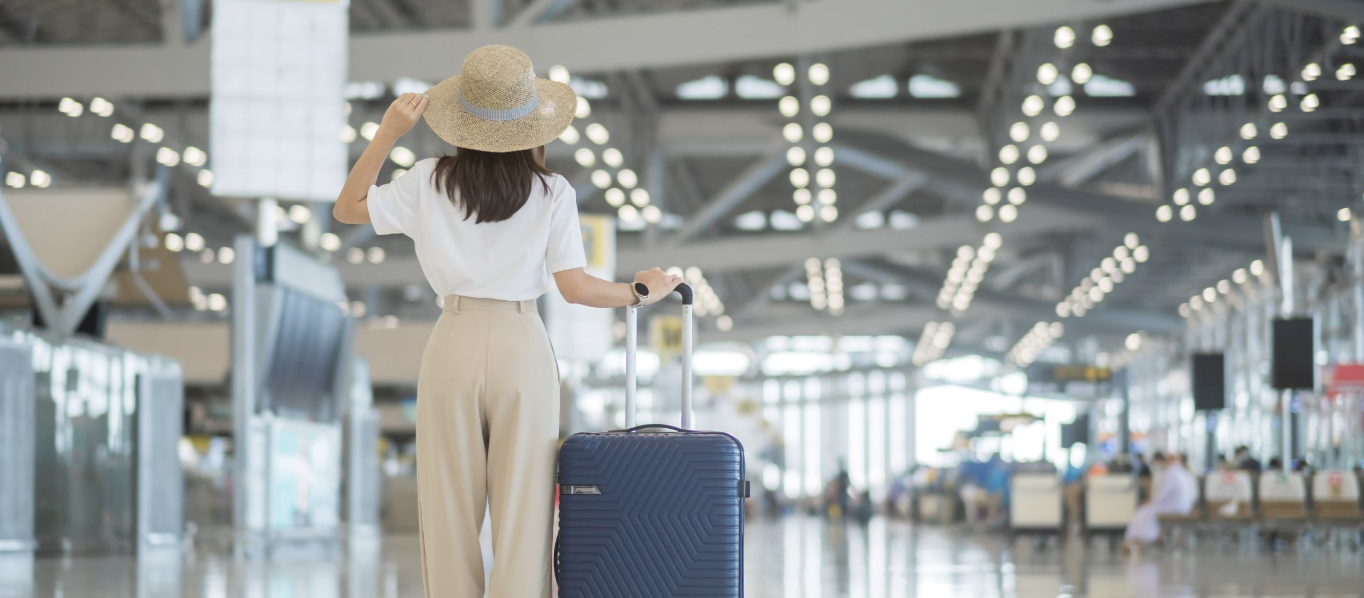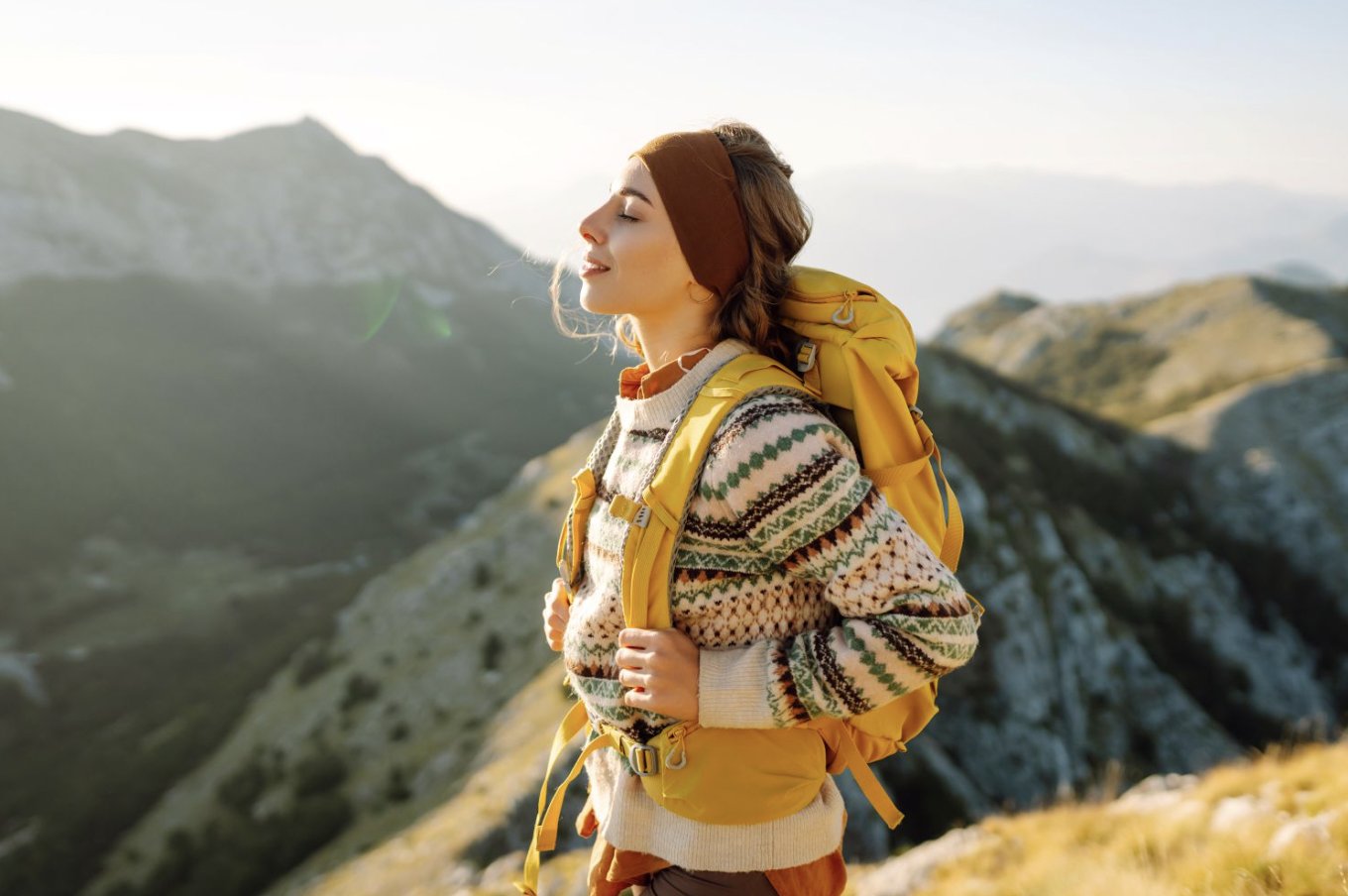
The decision to embark on a solo journey is typically driven by a quiet yet persistent yearning for change. It’s a response to feeling lost in the familiar, of moving through life on a predetermined path that no longer feels authentic. Solo travel offers a powerful antidote to this modern malaise, providing the physical and mental space necessary to disconnect from external expectations and reconnect with your inner voice. This journey is an intentional pilgrimage towards self-discovery and personal renewal.
By stepping outside a comfort zone and embracing the unknown, you can shed layers of societal roles and rediscover your core identity, passions, and capabilities. Also, traveling alone can be daunting, filled with questions about solo travel safety, loneliness, and logistics. However, with thoughtful preparation and an open mind, the experience can be profoundly transformative.
Below are some tips for traveling alone and finding yourself again:
Strategic Planning: Balancing Structure and Spontaneity
While the idea of spontaneous adventure is romantic, a foundation of careful planning is crucial for a successful solo travel abroad or locally, especially one focused on introspection. Planning can alleviate anxiety, allowing you to focus on the experience rather than logistical headaches. Key elements include thorough research on destinations, booking the first few nights of accommodation, and understanding local customs and transportation options.
However, the plan should serve as a flexible framework, not a rigid itinerary. The magic of self-discovery often happens in the unplanned moments, such as unexpected conversations, the detour to a hidden village, or the decision to extend a stay in a particularly inspiring place. Leaving room for spontaneity invites serendipity and allows the journey to unfold organically in response to internal cues rather than a pre-set schedule.
On the other hand, if you’re looking for further inspiration and practical advice, you may check out some valuable resources like scottsolotravels.com and other websites dedicated to the solo travel experience.
Cultivating Mindfulness and Presence on the Road
A solo journey offers a rare and invaluable opportunity to practice being fully present, free from the compromises and constant coordination required when traveling with companions. This liberation from external agendas allows you to decelerate your pace radically, creating space to engage all the senses with intentionality. The experience transcends mere sightseeing, evolving into a practice of deep immersion. You might choose to sit for an hour in public places, not with an agenda to tick off a landmark, but to observe the unhurried rhythm of daily life like the cadence of local conversations, the gestures of market vendors, the play of light on architecture, all without judgment. This mindful awareness extends to culinary experiences, encouraging you to savor each bite of a local dish, consciously noting the interplay of flavors, aromas, and textures as a form of meditation.
Furthermore, maintaining a journal becomes a critical tool for processing this sensory input, transforming it from simple observation into self-knowledge. By writing not just as a log of events, but as an exploration of accompanying thoughts and emotions, you can clarify feelings, uncover behavioral patterns, and create a tangible record of your evolving internal landscape, documenting the subtle shifts that constitute genuine personal growth.
Choosing a Destination That Fosters Reflection
The choice of destination is paramount, as the environment acts as both the backdrop and an active participant in the journey of self-discovery. A place conducive to finding yourself is rarely the most crowded tourist hotspot. Instead, it should be a deliberate selection that aligns with your core intentions. If you’re an introspective individual seeking quiet contemplation, you may find profound clarity in the solitude of nature. Perhaps, a long-distance hike through a national park where the rhythmic pace and vast landscapes naturally quiet the mind and put personal challenges into a humbling, larger perspective.
Conversely, if you’re feeling stagnant, you might thrive in the vibrant energy of a bustling city, where anonymity allows for observation and museums, cafes, and walking tours provide gentle, self-directed stimulation. The critical factor is to choose a location that minimizes external pressures and overwhelming distractions, thereby creating a container for mindfulness. The ideal destination feels inherently safe and inviting yet possesses just enough novelty to challenge preconceptions and gently coax you out of your routine mindset, paving the way for genuine new perspectives to emerge organically.
Using Technology Wisely
In an era of constant connectivity, managing technology is critical to a transformative solo trip. While smartphones offer invaluable navigation, translation, and booking tools, they can also become a crutch that prevents genuine immersion. The goal is to use technology intentionally as a tool, not a tether to home. This involves setting clear boundaries, such as designating specific times to check emails or social media, or even embarking on a full digital detox for portions of the journey.
Instead of using a phone as a shield in uncomfortable moments, such as dining alone, you’re encouraged to sit with slight vulnerability, using the opportunity to observe your surroundings or jot down thoughts in a physical journal. By consciously limiting digital consumption, the mind is freed from the noise of external narratives and comparisons, creating the quiet space necessary for introspection. Photography remains a wonderful exception, but even then, the emphasis should be on capturing a moment for personal memory rather than for immediate online sharing.
Embracing Solitude Without Succumbing to Loneliness
There’s a significant difference between solitude and loneliness. Solitude is a state of being alone without feeling lonely. It’s a positive and constructive state of engagement with yourself. Loneliness, conversely, is a negative feeling of isolation. To cultivate solitude, you can engage in activities you genuinely enjoy, whether it’s reading, sketching, photography, or simply sitting with a cup of coffee.
It’s also important to recognize that feeling lonely is a natural part of the process. When these feelings arise, they can be mitigated by seeking gentle social interaction. This doesn’t mean abandoning the solo aspect of the trip, but rather finding low-pressure ways to connect, such as joining a group tour, taking a cooking class, or striking up a conversation with a local shopkeeper or a fellow solo traveler at a hostel common area. These micro-interactions can provide a sense of connection without compromising independence.
Stepping Outside the Comfort Zone with Intention
Personal growth rarely occurs within the confines of comfort. Traveling alone inherently involves stepping into the unknown, but intentional challenges can accelerate self-discovery. This could mean trying an activity that induces mild anxiety, such as speaking a few phrases of a new local language, navigating a complex public transportation system, or hiking a difficult mountain trail. Each small victory builds self-reliance and confidence. Overcoming challenges on the road proves your capability to handle adversity, a lesson that translates powerfully upon returning home. Through these experiences, you learn to trust your instincts and problem-solving skills, reinforcing a stronger sense of self.
The Art of Reflection and Integrating the Experience

The journey of finding yourself doesn’t end when the plane lands back home. In fact, the integration phase is critical. Re-entry into daily life can be jarring, and the insights gained during independent travel can feel distant. To prevent this, you should dedicate time to reflect on your experience. Review journal entries and photographs, not just as mementos, but as data points for understanding personal transformation. Identify specific lessons learned, such as a newfound patience, a rediscovered interest, or a diminished fear.
Consciously consider how to incorporate these elements into everyday life. This might mean setting new boundaries, pursuing a forgotten hobby, or simply carrying the practice of mindfulness into a morning routine. The ultimate goal of a journey to find yourself is not to escape life, but to return to it with a renewed sense of purpose and a clearer understanding of who you truly are.
Listening to Your Inner Compass: Making Decisions for Yourself
For many, daily life is a series of decisions made by committee, influenced by family, work, and social obligations. Solo travel overseas or locally can strip this away, presenting the unique opportunity to make choices based solely on personal desire. This practice of listening to an internal compass is fundamental to rediscovering yourself. Every decision, from the mundane to the significant, reflects true preference. What does your body need today—a vigorous hike or a leisurely morning reading? Does the spirit crave the energy of a street festival or the tranquility of a museum?
There’s no need for debate or compromise. Honoring these impulses, whether changing plans last minute or spending an entire afternoon in one perfect spot, can reinforce self-trust. This process of making independent choices and witnessing their positive outcomes builds a powerful and lasting sense of agency, a core component of a strong and authentic identity.
Conclusion: The Journey Home and Beyond
A return flight does not mark the true culmination of a solo journey of self-discovery, but by integrating the experience into the fabric of everyday life. The clarity found on a distant mountain trail or in a quiet café abroad only possesses profound value if carried forward. Re-entry can be challenging, as the familiar environment often pressures you to revert to old patterns. The key to lasting change lies in conscious reflection. By keeping the information mentioned above in mind, you can begin to weave these threads into your daily existence.







